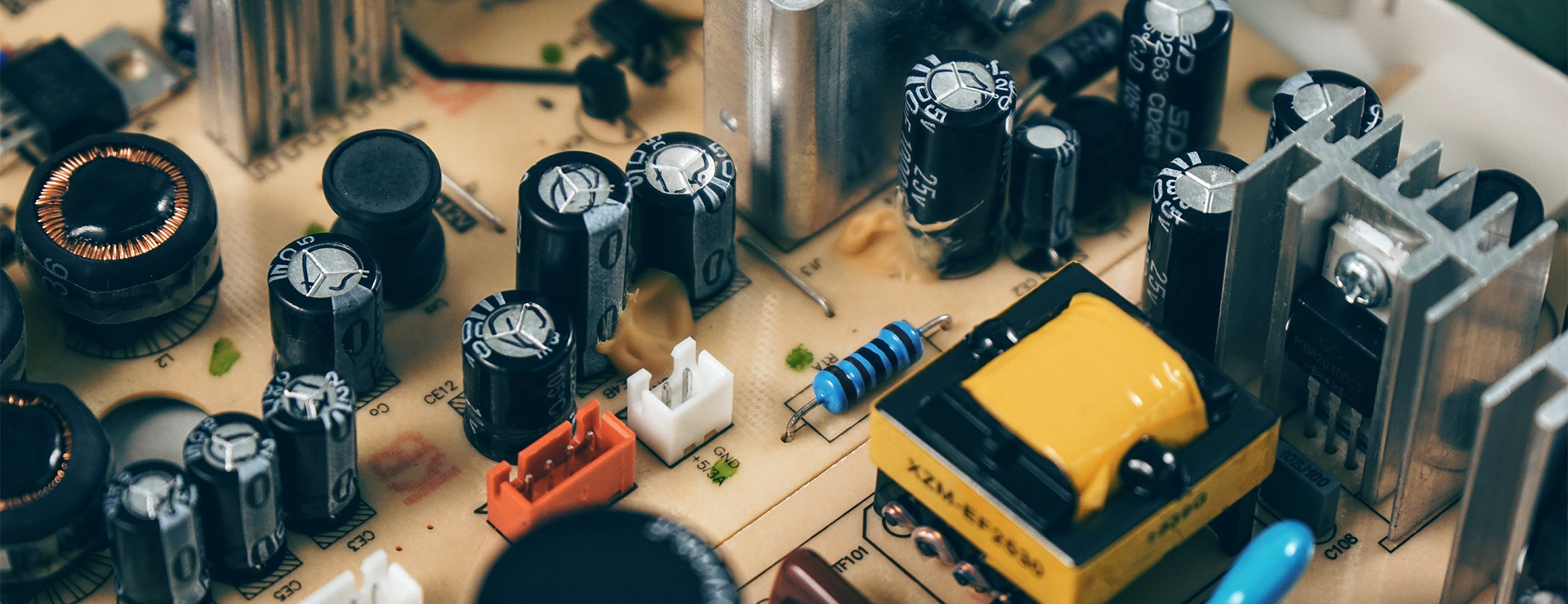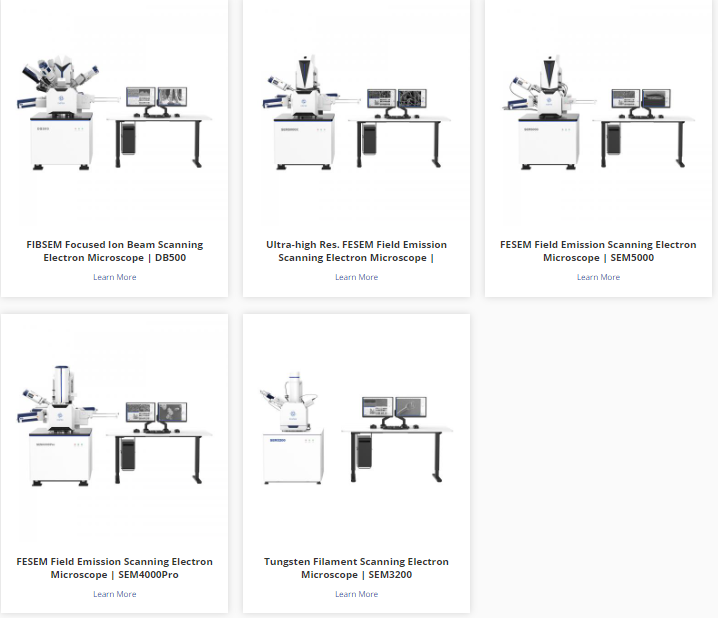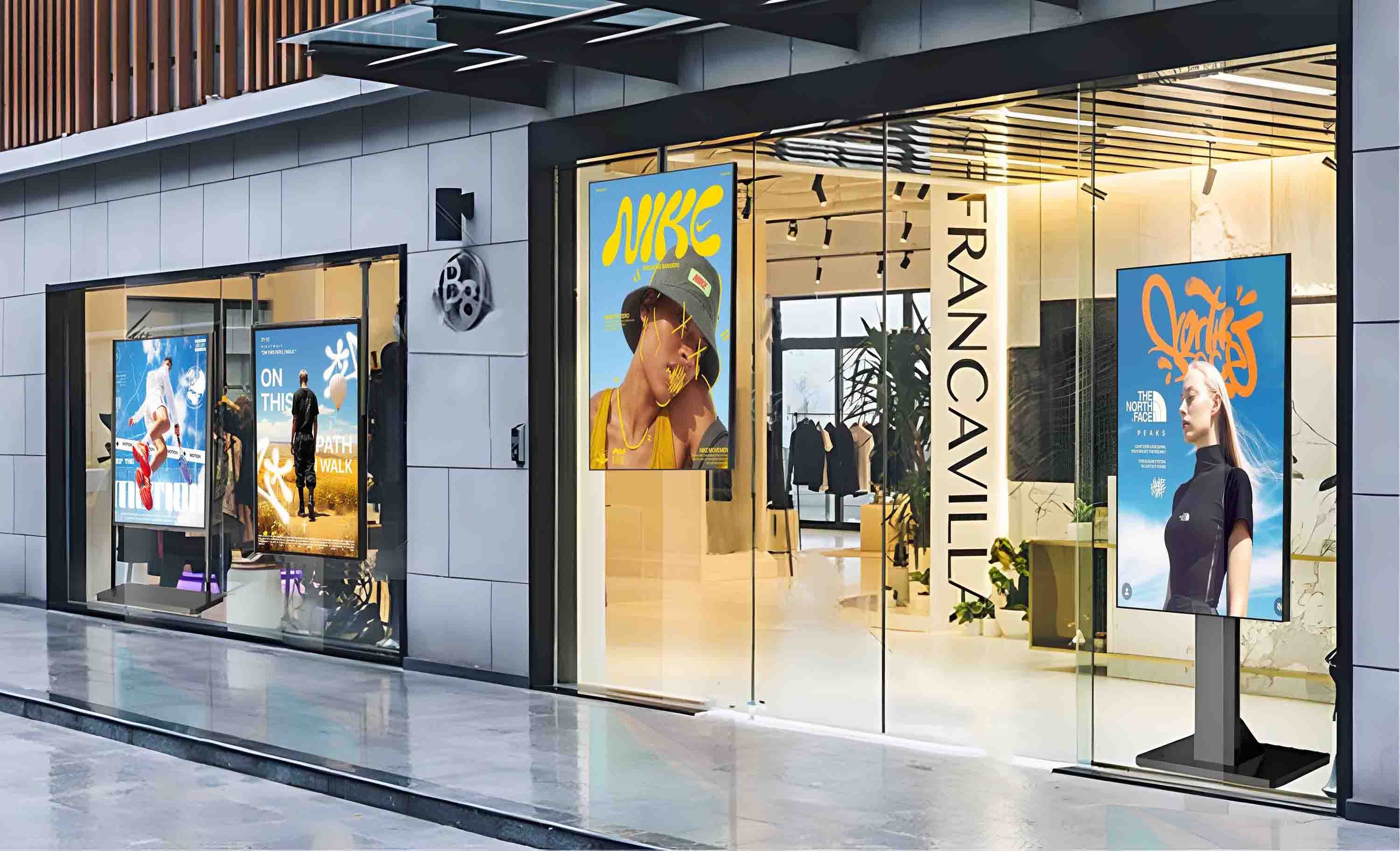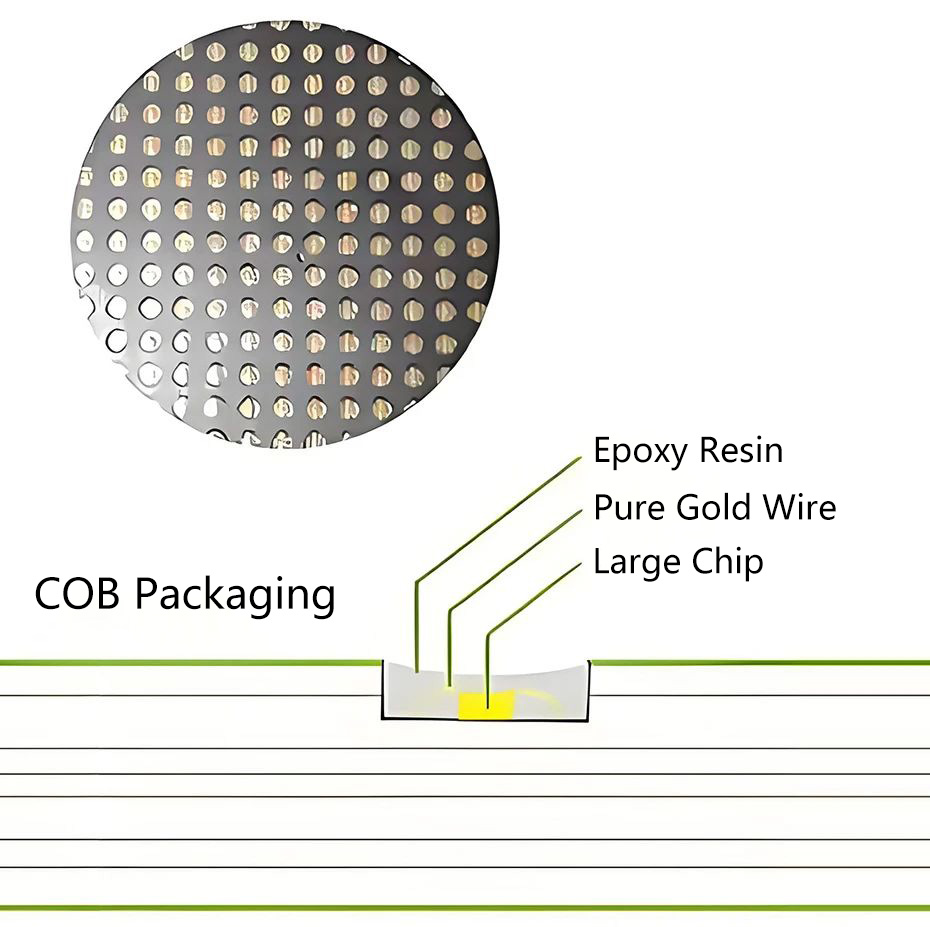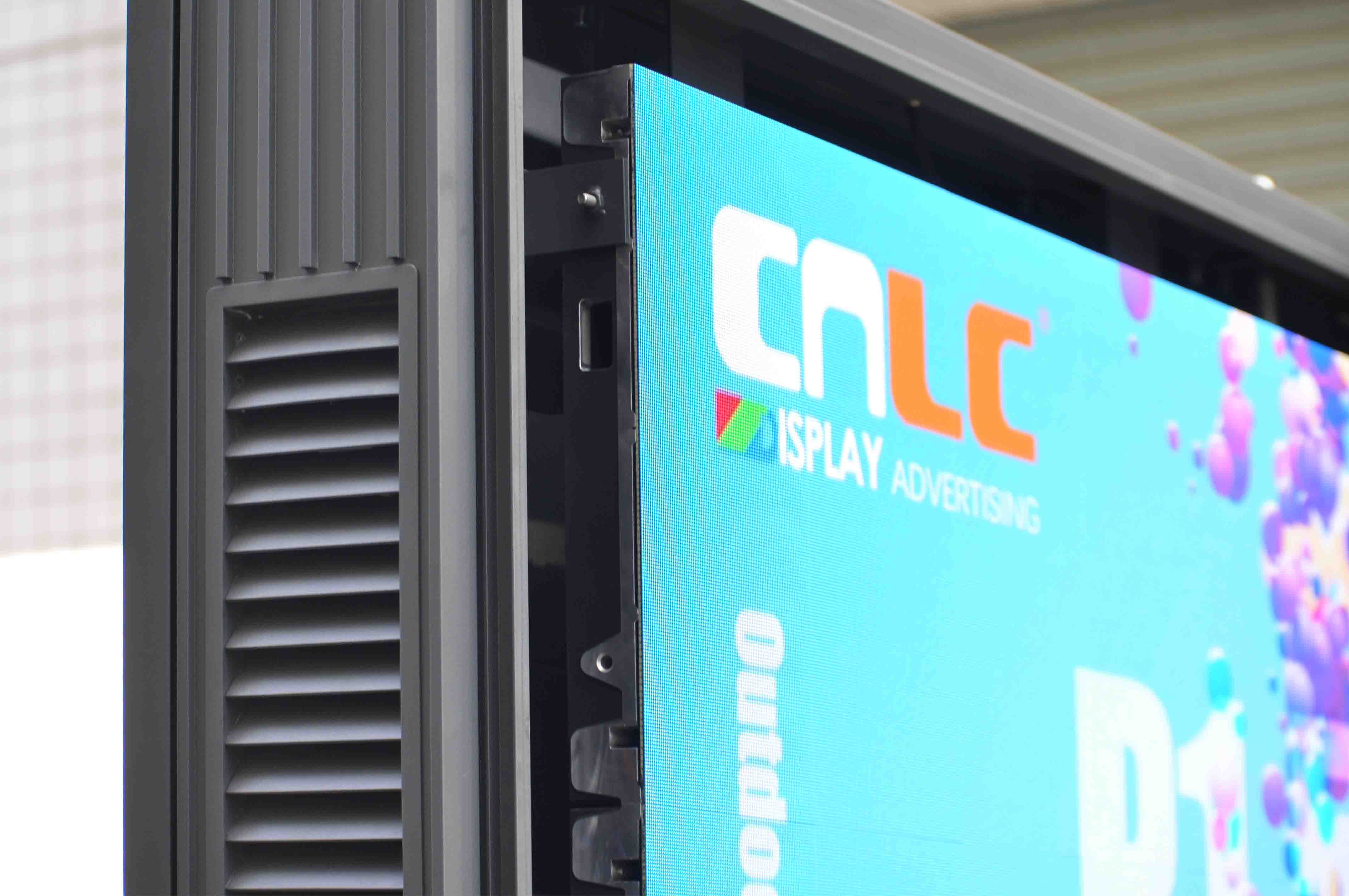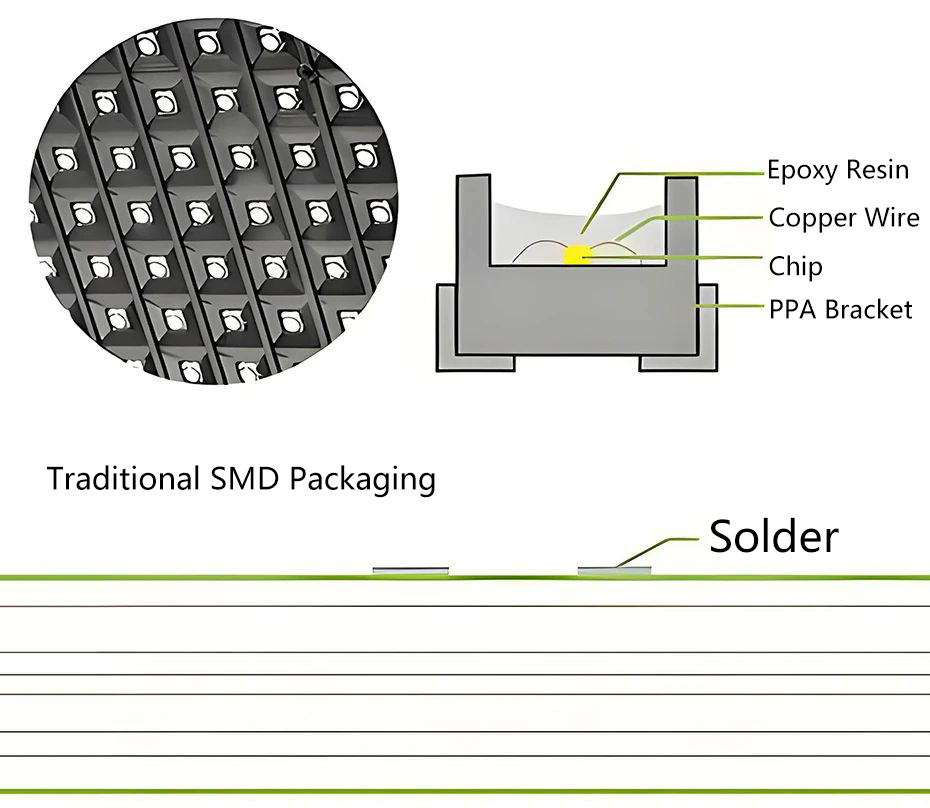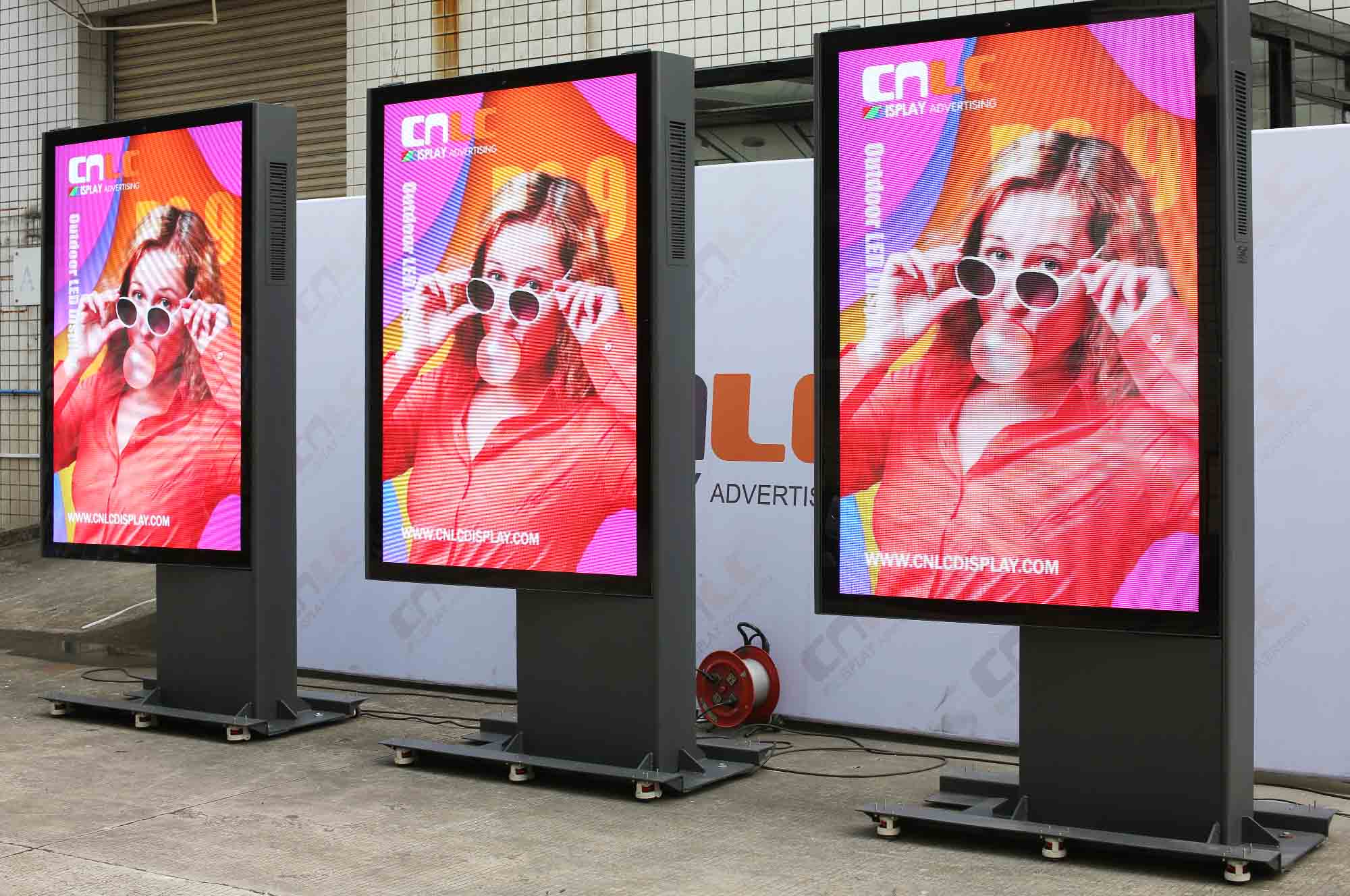Revolutionizing Retail The RFID Renaissance in Smart Shelves
In the ever-evolving landscape of retail and inventory management, the integration of innovative technologies has become imperative for streamlining operations and enhancing efficiency. Among these technologies, RFID (Radio-Frequency Identification) stands out as a game-changer, particularly in the context of smart shelves. These next-generation shelving units equipped with RFID recognition capabilities offer a myriad of benefits revolutionizing the retail experience.
First and foremost, RFID-enabled smart shelves significantly improve inventory management. Traditional inventory tracking methods often involve manual processes that are labor-intensive and prone to errors. With RFID technology, each item is embedded with a unique identifier tag, allowing for seamless tracking throughout the supply chain. As products are placed or removed from the shelves, the RFID readers automatically update inventory levels in real-time. This not only reduces the time and resources required for inventory checks but also minimizes the likelihood of stockouts or overstock situations.
Moreover, smart shelves enhance the overall shopping experience for customers. By leveraging RFID technology, retailers can implement dynamic pricing strategies and personalized promotions based on individual customer preferences and purchasing history. For instance, as a customer approaches a shelf, the RFID system can detect their presence and display relevant product information or targeted discounts on nearby screens. This level of interactivity not only increases customer engagement but also facilitates upselling and cross-selling opportunities.
Furthermore, RFID-equipped smart shelves play a crucial role in enhancing security and preventing theft. Traditional security measures such as security cameras and electronic article surveillance (EAS) tags have limitations in terms of effectiveness and efficiency. In contrast, RFID technology offers a more sophisticated approach to theft prevention. Each item tagged with an RFID chip can be tracked throughout the store, enabling retailers to monitor movement patterns and detect any suspicious behavior in real-time. Additionally, RFID-enabled anti-theft gates at store exits can automatically trigger alarms if untagged items are detected, deterring potential shoplifters.
Another significant advantage of RFID-enabled smart shelves is their ability to optimize restocking processes. By continuously monitoring inventory levels, the system can generate automated replenishment notifications when stock levels fall below predefined thresholds. This ensures that shelves are consistently well-stocked, minimizing instances of out-of-stock items and improving overall customer satisfaction. Furthermore, retailers can gain valuable insights into consumer purchasing patterns and demand trends by analyzing RFID data, enabling them to make informed decisions regarding inventory management and product assortment.
In conclusion, the integration of RFID identification technology into novel smart shelves represents a paradigm shift in retail operations. From improving inventory management and enhancing the shopping experience to enhancing security and optimizing restocking processes, the benefits of RFID-enabled smart shelves are manifold. As retailers continue to embrace digital transformation initiatives, RFID technology will undoubtedly play a pivotal role in shaping the future of retail.
